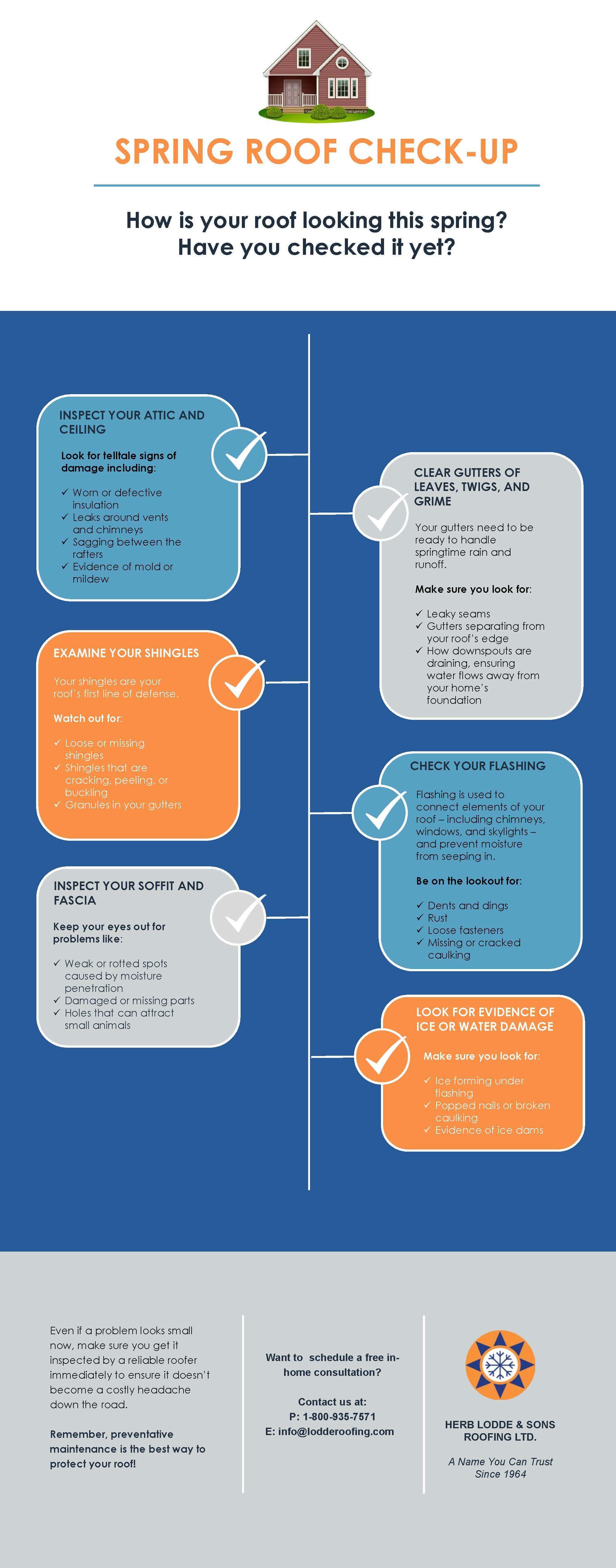How Weather Condition Impacts Your Roof: A Novice'S Guide
How Weather Condition Impacts Your Roof: A Novice'S Guide
Blog Article
Content Author-Creech Finch
When it comes to your roof covering, the weather plays a vital duty in its overall health and wellness and life-span. You could not realize exactly how rain can cause leakages or exactly how heavy snow can stress the structure. Even the sun's ruthless rays can deteriorate your roof covering materials over time. It is necessary to understand these effects, however what can you do to shield your roof covering from the components? Exploring maintenance methods and material options could be vital to guaranteeing your roofing stands solid versus whatever Mother Nature tosses its way.
Results of Rain on Roof covering
Rain can be a quiet adversary to your roof, causing both immediate and long-lasting damage. When water permeates into splits or gaps, it can cause leaks, which might not show up right now. You could notice a stain on your ceiling, however already, the dampness might have currently jeopardized your roof covering framework.
In time, consistent direct exposure to rainfall can damage roof materials. Roofing shingles might warp, crinkle, and even degenerate, leaving your home prone to more water breach. Mold and mildew and mold grow in damp conditions, which can endanger your indoor air quality and bring about health problems.
Standing water on your roofing system can also cause major troubles. It includes unnecessary weight, boosting the risk of structural failing. Plus, it can accelerate the deterioration of your roof covering products, making substitutes a lot more frequent and pricey.
To secure your roof, guarantee your rain gutters are tidy and operating effectively to divert rain away. Regular examinations can help you capture possible troubles prior to they intensify.
Taking these actions now can save you money and time in the future, maintaining your home safe and completely dry.
Effect of Snow and Ice
When wintertime arrives, snow and ice can position substantial hazards to your roof covering, just like rainfall. Collected snow can be fairly heavy, and if it doesn't slide off, it can develop an unsafe tons that your roof covering mightn't have the ability to sustain. This stress can result in sagging, leaks, or even structural failure.
Ice can likewise trigger issues, particularly with ice dams. When snow on your roofing thaws, it can move down and refreeze at the eaves, creating a dam that prevents proper drainage. Water then backs up under roof shingles, bring about leaks and water damages inside your home.
To secure your roofing, it's essential to keep gutters clear of debris, permitting appropriate drain. Regularly checking your roof covering for signs of wear and damage can aid catch concerns early.
If you see a significant quantity of snow, take into consideration employing an expert to remove it safely. Remember, it's far better to be positive concerning snow and ice than to handle costly fixings in the future. Taking check this site out can assist ensure your roof endures the cold weather without severe problems.
Sunlight and Temperature Level Challenges
While you could delight in warm days, long term exposure to sunlight and severe temperature levels can be harmful to your roofing. UV rays can break down roof products over time, causing bending, breaking, or fading. If your roof covering's shingles are made from asphalt, they may come to be brittle under intense heat, making them a lot more prone to damages.
Furthermore, heats can raise the threat of thermal expansion. As products broaden throughout the heat of the day and agreement during the night, this continuous cycle can create stress and anxiety on your roofing, potentially creating leakages or other architectural problems.
You might likewise notice increased power prices as your cooling system functions more challenging to combat warmth accumulation in your attic.
It's necessary to pick roof covering materials that can withstand your neighborhood environment's temperature level fluctuations. Light-colored or reflective roof covering can help in reducing heat absorption, while correct air flow in your attic can maintain a well balanced temperature.
Routine evaluations and maintenance can also catch issues early, ensuring your roofing stays in optimal condition. By staying proactive, you'll secure your financial investment and prolong your roof's life expectancy regardless of the challenges positioned by sunlight and temperature level extremes.
Final thought
To conclude, recognizing how weather affects your roof is essential for preserving its integrity and longevity. Rainfall can result in leaks, snow and ice can develop hefty lots, and long term sun direct exposure can create materials to break down. By remaining proactive with regular upkeep and picking the appropriate materials, you can secure your roof covering from the aspects. Remember, a well-maintained roof not just enhances your home's value however also keeps you risk-free and comfy for many years to come.
